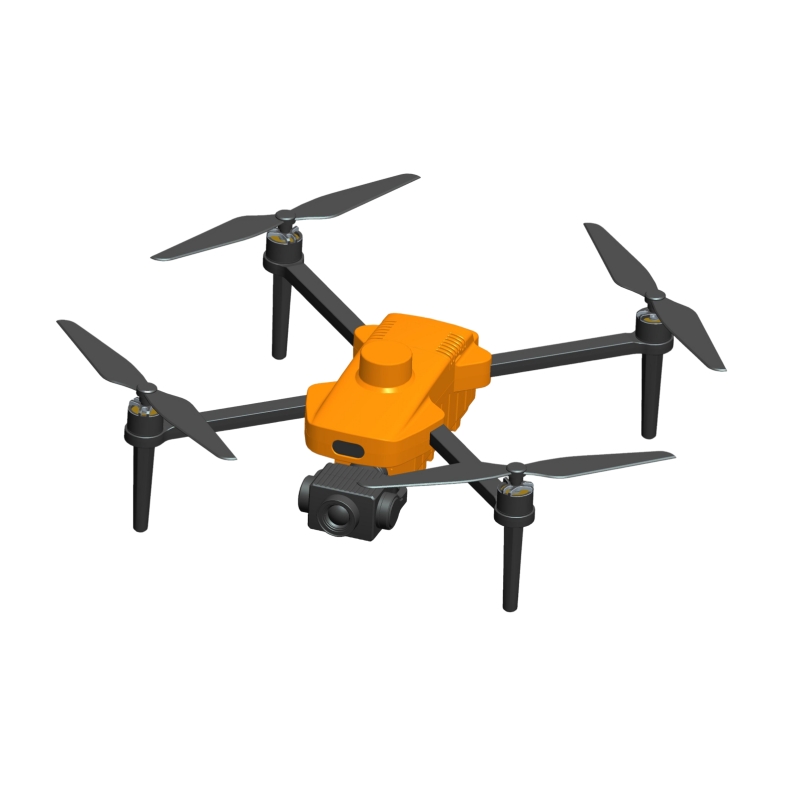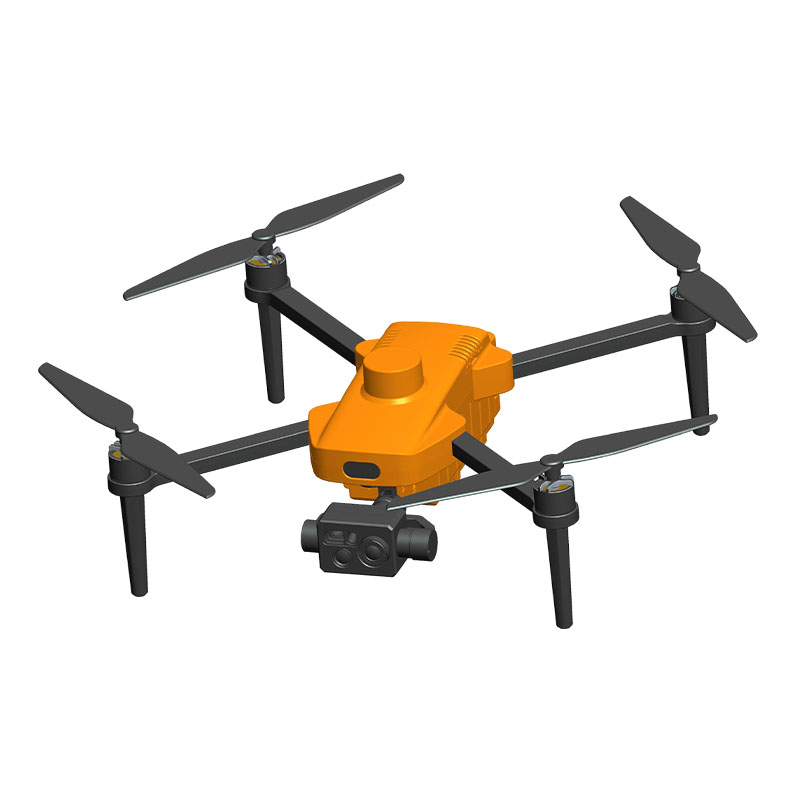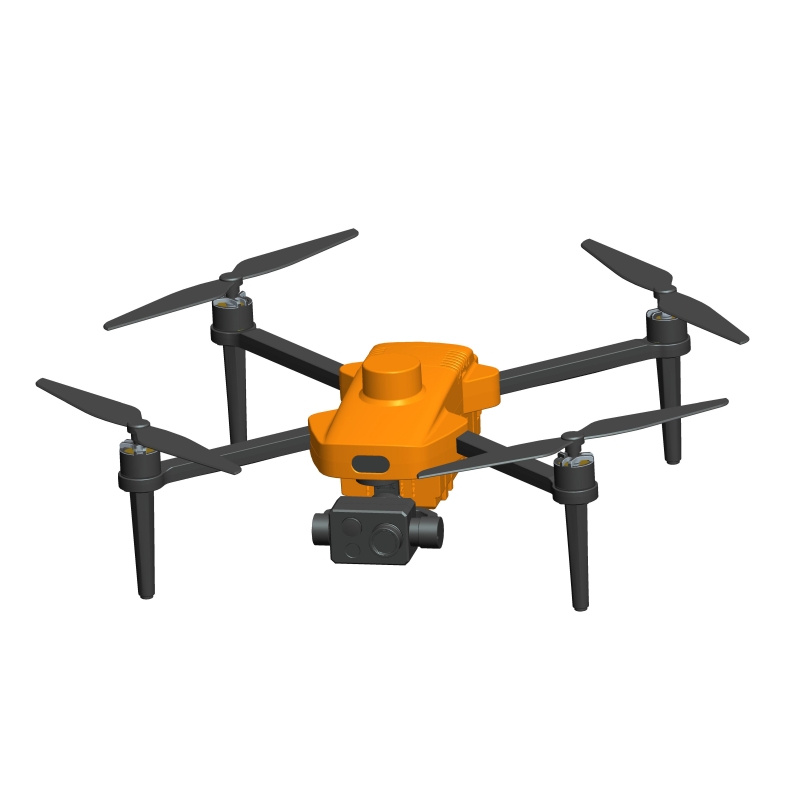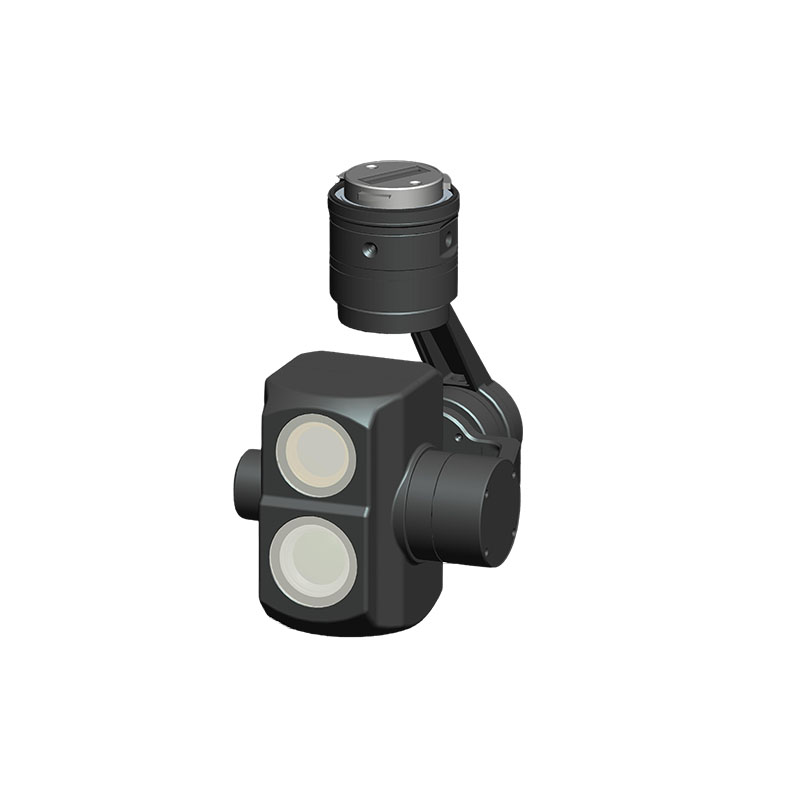Lighting parameter optimization of three-color light reconnaissance quadcopter UAV under different ambient lighting conditions
Release Time : 2025-05-13
In actual applications, the three-color light reconnaissance quadcopter uav faces complex lighting environments such as strong light during the day, dim light at night, and scattered light on cloudy days. In strong light, the light is easily submerged by the ambient light, making it difficult to highlight the target; in weak light, if the lighting parameters are not good, the target area cannot be clearly illuminated. Optimizing the lighting parameters can enable the three-color light reconnaissance quadcopter uav to maintain efficient reconnaissance capabilities under different lighting conditions, avoiding the impact of lighting conditions on task completion, and is of key significance to improving the practicality and mission success rate of the three-color light reconnaissance quadcopter uav.
During the day, the sunlight is strong and the ambient light far exceeds the brightness of the three-color light reconnaissance quadcopter uav. At this time, if the light is too bright, it will produce glare in the shooting picture and interfere with reconnaissance. The luminous intensity of the three-color light should be greatly reduced so that it only serves as a weak mark of the target to reduce interference with the picture. At the same time, adjust the color temperature of the light to a higher level, close to the color temperature of natural light, to ensure accurate color restoration of the reconnaissance image, avoid distortion of the target color due to light color temperature deviation, and ensure a clear and true reconnaissance picture.
The ambient light is weak at night, and the three-color light needs to assume the main lighting function. In order to clearly illuminate the target, the light brightness needs to be significantly increased, which can be achieved by increasing the light source driving current or replacing high-power LED lamp beads. Reduce the light color temperature to warm tones. Warm light has stronger penetration at night, which can effectively reduce the scattering of light by dust and water vapor in the air and improve the lighting effect. In addition, reasonably set the light flashing frequency, use low-frequency flashing to attract attention, facilitate operators to quickly locate the target, and improve night reconnaissance efficiency.
On cloudy days, the ambient light is uniform but insufficient in brightness, and the indoor ambient lighting conditions are relatively complex and weak. At this time, the brightness of the three-color light should be appropriately increased to enhance the contrast between the target and the background, but avoid excessive lighting that causes overexposure of the picture. Adjust the color combination of the three-color light and increase the proportion of green light. Green light has high recognition in a scattered environment and helps to highlight the outline of the target. At the same time, optimize the lighting angle and use wide-angle lighting to ensure uniform lighting in large areas and improve the quality of reconnaissance images.
In actual reconnaissance missions, three-color light reconnaissance quadcopter uavs often face dynamic environments with rapidly changing lighting conditions, such as entering direct sunlight from shadow areas. To cope with this situation, it is necessary to equip the three-color light reconnaissance quadcopter uav with an intelligent perception system to monitor ambient light intensity, color temperature and other parameters in real time through light sensors. Using machine learning algorithms, the brightness, color temperature, color ratio and lighting angle of the three-color lights are automatically adjusted according to monitoring data to achieve dynamic adaptive adjustment of lighting parameters and ensure that the best reconnaissance effect is always maintained in a complex and changing environment.
Excessive increase in light brightness will quickly consume the power of the three-color light reconnaissance quadcopter uav, shorten the battery life and affect the duration of the reconnaissance mission. Therefore, when optimizing lighting parameters, energy consumption must be taken into account. Use energy-efficient LED light sources, combined with intelligent dimming technology, to automatically adjust the light power according to the ambient light intensity. For example, the brightness is reduced during close-range reconnaissance, and the brightness is moderately increased during long-range reconnaissance. Through fine-tuning, energy consumption is minimized to the greatest extent while meeting reconnaissance needs, ensuring the endurance of the three-color light reconnaissance quadcopter uav.
To ensure the effectiveness of the lighting parameter optimization strategy, a complete verification system needs to be established. In the laboratory, different lighting environments are simulated, and the reconnaissance images before and after optimization are analyzed and compared in terms of clarity, contrast, color reproduction and other indicators. Actual scene flight tests are carried out, feedback from operators is collected, and the lighting parameter optimization scheme is adjusted and improved in combination with specific mission requirements, so as to continuously improve the working performance of the three-color light reconnaissance quadcopter uav under various lighting conditions.







